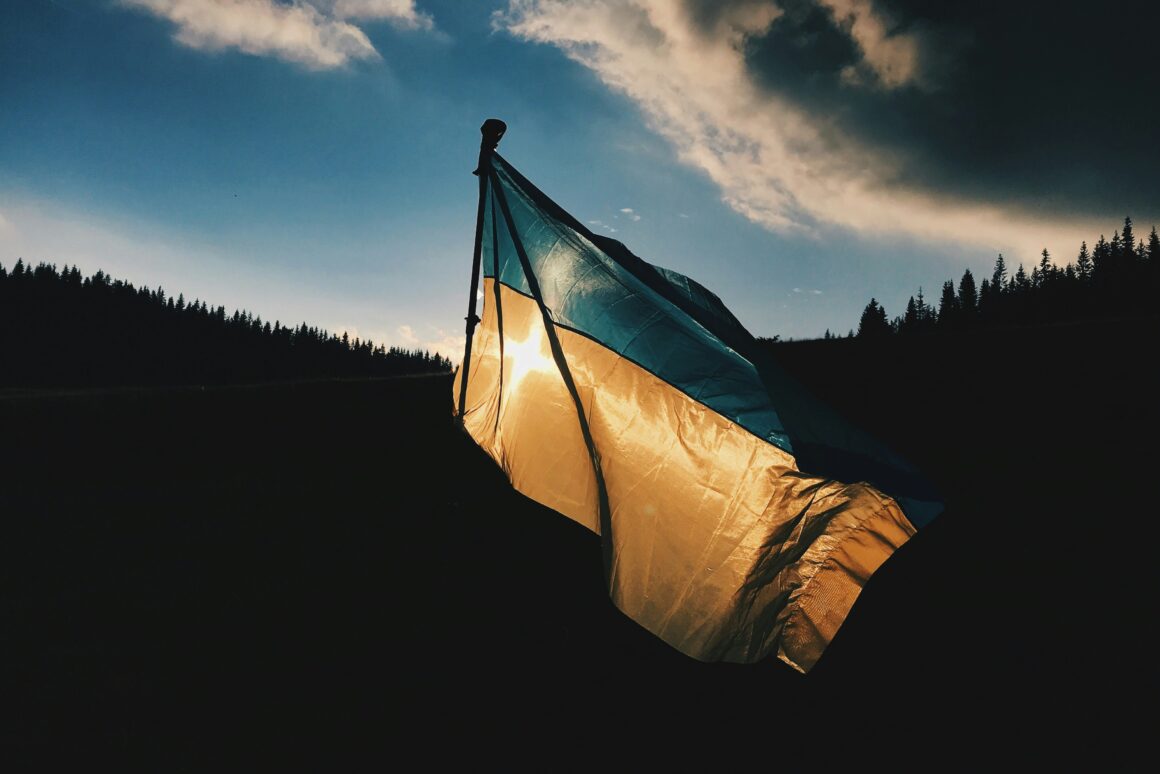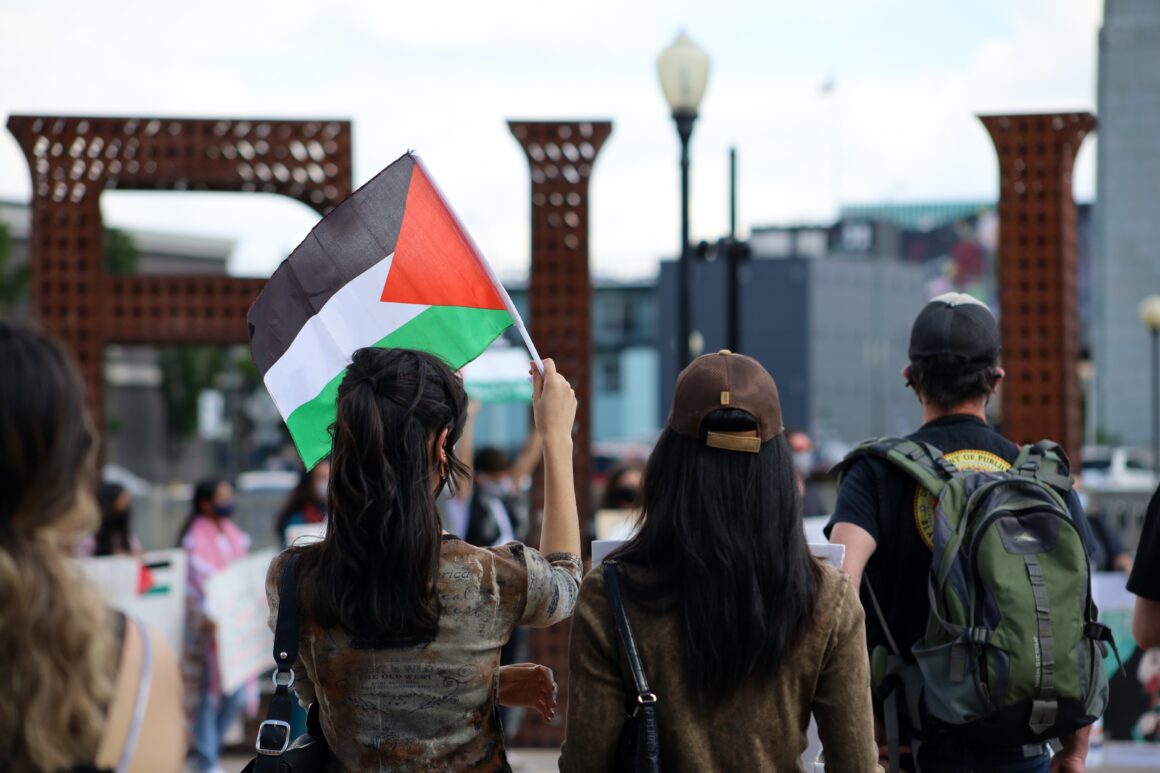Memorial sites play a crucial role in the remembrance of human rights violations, for both those involved in the tragedy, and for those learning about the events that took place. Yet the survivors of human rights violations are often exploited for monetary or political gain.
On the 20th and 21st of April, 1994, the killing spree at Murambi, Rwanda was responsible for the deaths of over 50,000 Tutsi. Now, Murambi is one of six national memorials dedicated to the genocide — the second largest after the Kigali Memorial Centre. At Murambi, there are no information boards. Instead, the evidence, 800 dead bodies preserved in lime, is left to speak for itself. The decision to leave the corpses from the genocide exposed is controversial, despite receiving backing from the Rwandan government, the National Museum of Rwanda, and survivors of the atrocity.
The 50,000 bodies at Murambi were first placed in mass graves and buried within four days to prevent the spread of disease. The bodies have remained unidentified due to entire families being wiped out by the genocide. The exposing of bodies at Murambi echoed a similar display in Tokyo called “Body Works”, where genuine dissected bodies were made into anonymous models, which has been widely criticised as a “negation of humanity” and a “dehumanisation of bodies”. By taking away the victim’s identity, the commemoration of the individual’s story is looked over, and the responsibility of telling their story falls to the survivors.
However, there is something of importance in exposing the corpses of victims; the genocide cannot be denied. In a time of deep political unease and attempted cover ups, denial of the genocide was a possibility for the Rwandan Patriotic Front (RPF), Rwanda’s post-genocide government. Instead, they elected to expose the bodies, thereby forcing the population to accept reality.
Memory sites often promote a single narrative above the rest, allowing the site to be manipulated to imply a political message. Every memorial site is manipulated to some extent to push a story or explanation upon the visitor. Due to the contentious nature of human rights violations, political controversy regularly surrounds the narrative of a memorial site, as each side of history vies to have their story heard. Choices are, therefore, made about what to explicitly remember and what to deliberately silence.
Promoting narratives suggests that the survivors are given a priority, allowing their voices to be heard above that of opposition. Instead, while some stories are preserved, others are neglected. In the case of the Rwandan genocide, Tutsi memories and narratives are recognised along with certain Hutu memories, yet ethnically mixed Rwandans, who make up around 60% of the population, are often overlooked due to the complicated nature of their stories. A Rwandan’s official ethnicity comes from their father, yet their physical appearance could be different to the ethnicity that appears on their paperwork. As such, mixed Rwandans’ roles in the genocide are varied and diverse. However, this goes against the RPF’s anti-Hutu narrative, which it uses to legitimate its position.
Memorials are often used for both mourning and politics, as commemoration, by nature, is political. Selective choices go hand in hand with pushing political agendas, like that of the RPF’s. What is remembered lies at the centre of building legitimacy, and choosing what should be forgotten is as (if not more) important to the building of a narrative than what is remembered. The memorial sites at Tuol Sleng and Choeung Ek, for example, were both opened by the Vietnamese within a year of them liberating the area. Not only do the memorials justify Vietnam’s invasion of Cambodia, they also erase narratives that portray their involvement in a negative light.
Memory sites serve not only those who created them, but also those who visit them. International visitors are unlikely to visit memorial sites out of remembrance, because the tourists attracted to these sites visit more out of morbid curiosity than commemoration. As such, survivors’ experiences and stories are exploited for dark tourism. Dark tourism relies on tourists’ fascination with “inhuman” acts to make money out of human rights violations. At Tuol Sleng, souvenir tables contain t-shirts saying “I survived Cambodia” next to statues of the Buddha. Similarly, a lack of information found at these sites gives the notion that the tourist is there for the thrill rather than to mourn. Despite only around 50 tourists visiting Tuol Sleng and Choeung Ek a day, at Choeung Ek alone there are 8,985 bodies exposed from the 43 mass graves unearthed, not including the memorial standing in the centre of the field stacked with 8,000 skulls.




